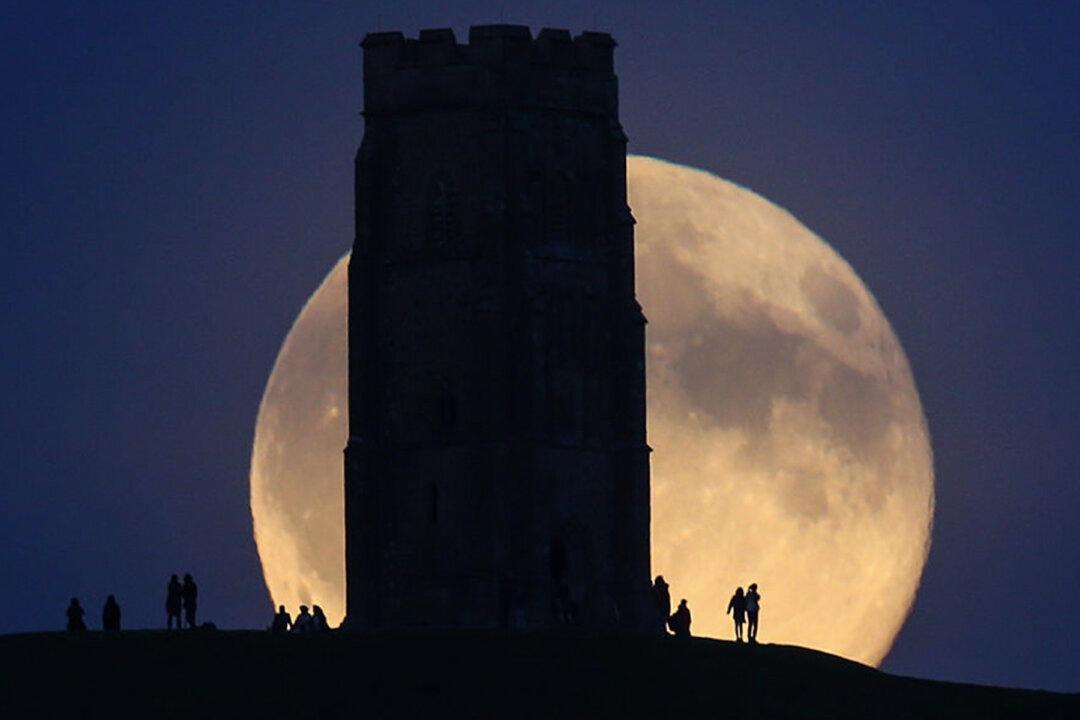The night sky promises numerous cosmic spectacles as we lean into the year 2020. Not only will 13 full moons make an appearance, but two of them are billed to be “supermoons,” and one, by chance occurring on Halloween, will be a “blue moon.”
Astronomy experts predict that two of 2020’s full moons will occur in October—one at the beginning, and one at the end—meaning that this year will bear witness to one lunar cycle more than the number of months in the calendar. It’s a rare and exciting prospect for avid sky watchers.





